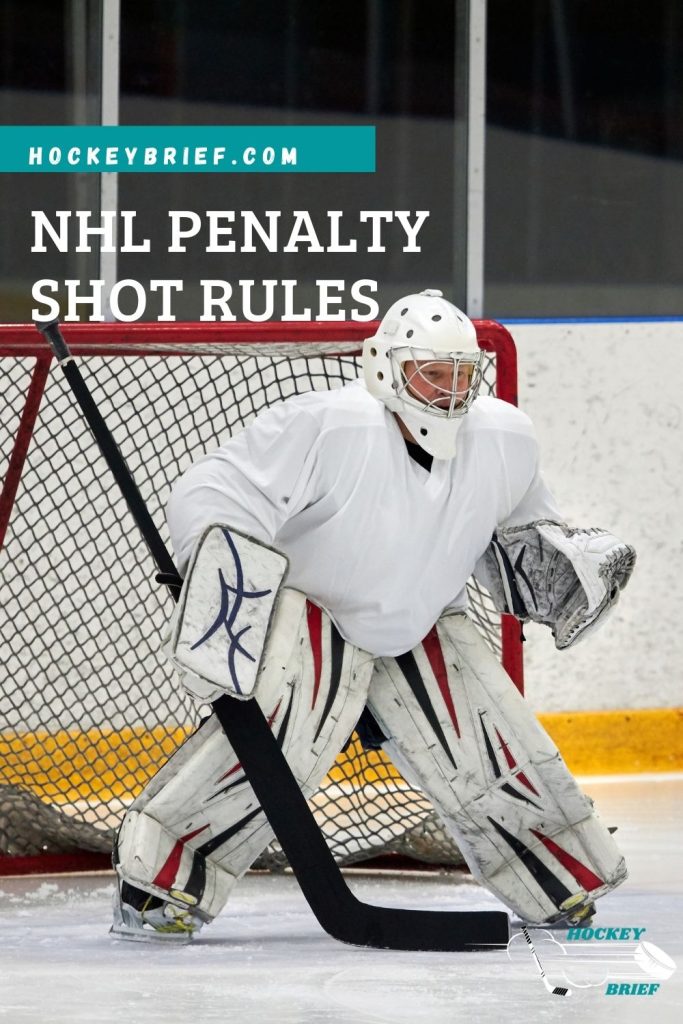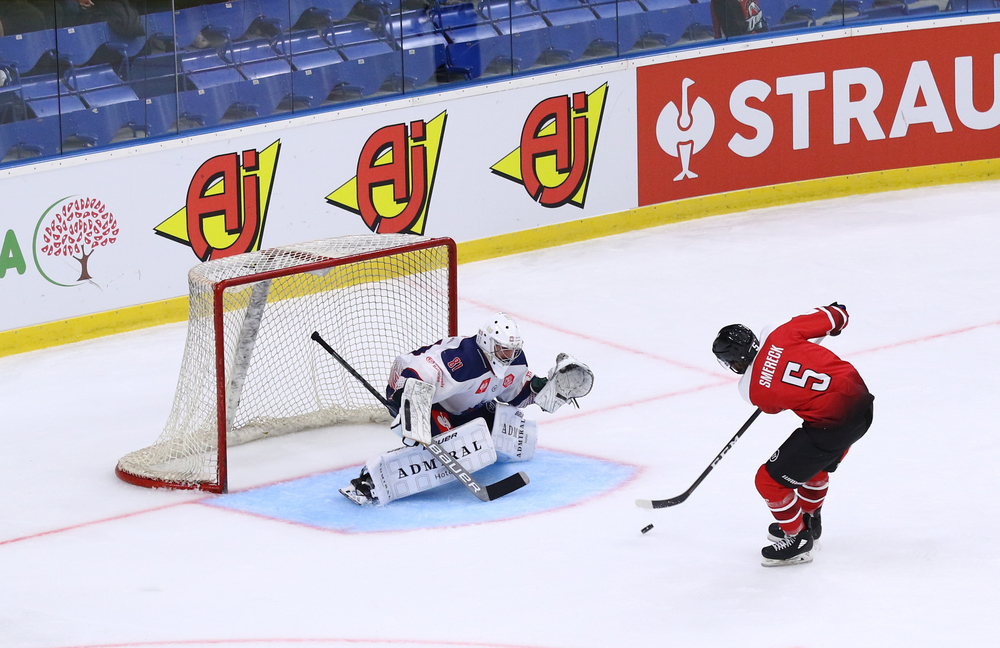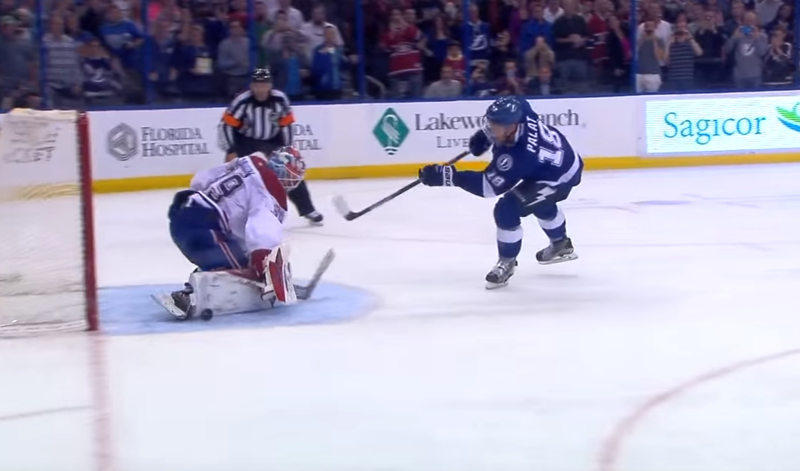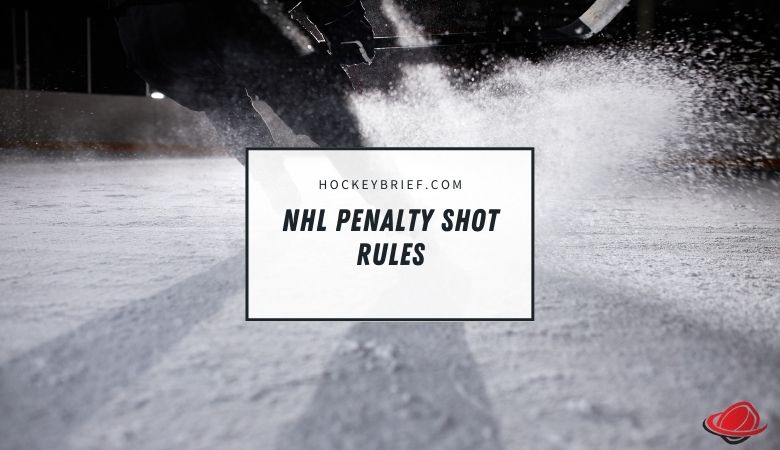If you have ever been to a live NHL hockey game, you may have seen a penalty shot and realized that it is one of the most exciting parts of the game.
Even if you are just watching the game on tv, a penalty shot will certainly grab your attention.
Although a penalty shot doesn’t occur very often, it can certainly affect the outcome of the game.
There are certain rules involved with NHL penalty shots that you need to know.
Keep reading to learn more.

What is a penalty shot?
A penalty shot is awarded to a player who has a clear scoring chance taken away by the opposing team by committing a penalty.
The player will be awarded an undefended breakaway starting at center ice in an attempt to shoot and score a goal on the goaltender.
The penalty shot clearly puts the goaltender and offending team at a disadvantage as the player has a chance to score a goal without any defense from the other team.

When is a player awarded a penalty shot?
As mentioned, a player will be awarded a penalty shot when a clear scoring chance has been taken away by the opposing team who commits a penalty.
This can happen at any time during the game including regulation and overtime play.
Certain infractions will cause a penalty shot to be awarded by the referee.
This includes:
- A player who falls on the puck or attempts to cover or pick up the puck inside the goal crease area. This rule does not include the goalie who is allowed to cover the puck.
- If a player is on a breakaway and is fouled by an opposing player from behind. This usually involves a tripping or holding penalty.
- If the goal net is intentionally knocked off its pegs by either a player or goalie.
- If a stick or any other object is thrown at a player who is on a breakaway or in the offending team’s defensive zone.
- If a player is on a breakaway and is fouled by a player on the opposing team’s bench.

NHL penalty shot rules
Certain rules apply with respect to a penalty shot in the NHL.
- When a penalty shot is taking place, both teams must stand in front of their respective bench.
- The puck must start at center ice and have a continuous motion to the goal without stopping.
- 360 degree turns and stop and goes by the player are not allowed.
- Other players can’t interfere with the penalty shot.
- Only 1 shot is allowed and the puck on a rebound can not be played. This includes rebounds off the goalie or posts and crossbar.
- The goalie can not throw his or her stick at the player.
- The penalty shot is over when a goalie makes a save or a goal is scored.
- The goalie must stay in the goal crease until the player touches the puck at center ice.
- The time used during a penalty shot is separate from the time on the clock during play.
The official NHL rule book can also be referenced for more info.
Do penalty shots count as a goal?
Yes, a penalty shot will count as a goal if scored. There is a difference between a penalty shot during the game and a shootout where the goals scored during a shootout do not count as goals scored during the game.
Also, a goal scored during a penalty shot will be included in the player’s statistics, where a goal scored in a shootout does not.
How often is a penalty shot successful?
On average, one-third or 33% of penalty shots taken result in a goal scored.
In the 2020-21 NHL season, there were 27 penalty shots taken with 9 goals being scored.
Since 2010, the highest success rate for penalty shots was 39.13% during the 2011-12 season.
That year saw 69 penalty shots taken with 27 goals scored.
What happens after a penalty shot?
A penalty shot is considered to be over when either a goal is scored or a shot is taken.
If a goal is scored, a faceoff will be held at center ice.
If the goalie makes a save or a goal is not scored, a faceoff will be held at one of the faceoff circles in the defending team’s end zone.

